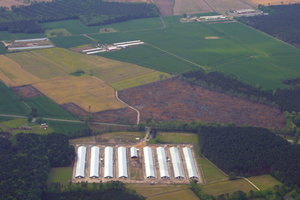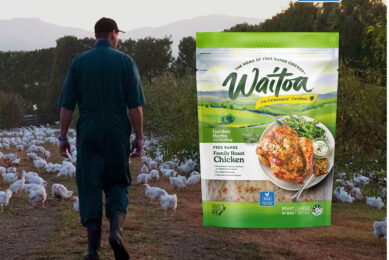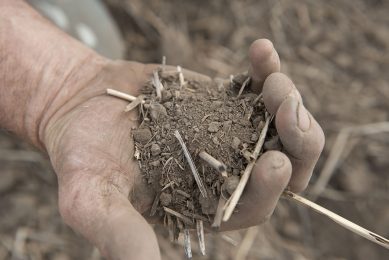US study on poultry manure contradicts EPA standards

Federal environmental programs have drastically overestimated the US poultry industry’s contributions to water pollution, according to a University of Delaware-led study that could trigger changes to river and bay cleanup plans around the country.
James L. Glancey, a professor in the university’s Bioresources Engineering and Mechanical Engineering departments, said that a multistate study, based on thousands of manure tests, found that actual nitrogen levels in poultry house manure are 55% lower than the Environmental Protection Agency’s decades-old, lab-based standards.
The results could lead to a formal proposal for changes to the Chesapeake Bay Program’s six-state pollution forecasting model, used to guide a federally backed attempt to restore the bay’s health and ecosystems and assign cleanup goals.
“I think this is a precedent-setting kind of thing, but we’re not quite sure how it’s going to propagate through the United States,” Glancey said after giving a briefing on the findings at the state Department of Agriculture. “Everyone’s watching it, there’s no doubt about it.
The comments came during a wider session on recent research findings suggesting progress in efforts to improve groundwater quality and reduce the number of Delaware waterways designated as “impaired” by runoff containing high levels of fertilizer-like nitrogen and phosphorus.
The EPA said that the agency has been aware of the studies for more than a year, and that a committee with “diverse participation” had been formed to settle the issue in a timely way.
“While we await submittal of additional data needed, we are hopeful the collective data will show that industry efforts to reduce nutrients in poultry litter is having a positive result,” the statement said. “Any decision regarding the use of this information would be made by the Chesapeake Bay Partnership. “
Federal and state environmental agencies have focused heavily on pollution from animal manure and “factory farms” across the country as a big part of efforts to eliminate bay and river dead zones and harmful algal blooms in recent decades. The Delmarva Peninsula’s poultry industry became an early, major battleground for the issue during the late 1990s.
Sewage treatment plants, septic systems and suburban runoff also are significant pollution sources, but researchers argued that overuse of poultry manure on farm fields sent huge amounts of nutrients into groundwater and surface streams. That contributed to conditions that can deplete oxygen levels in water bodies like Delaware’s Inland Bays and the Chesapeake.
Individual farms, major producers and state and federal taxpayers have spent tens of millions on agricultural control programs, studies and monitoring. Delaware eventually formed a separate Nutrient Management Commission to oversee certification of manure and fertilizer producers and users and to subsidize shipment of manure out of stressed areas.
Glancey said that research in Sussex County concluded that poultry houses there generated 261,723 tons of manure for one year studied, far lower than the nearly 1.5 million tons assumed using EPA models. Genetic improvements in birds, improved growing environments and other moves to limit waste and pollutants have all had an effect on the industry’s environmental footprint.
Source: The Poultry Federation












